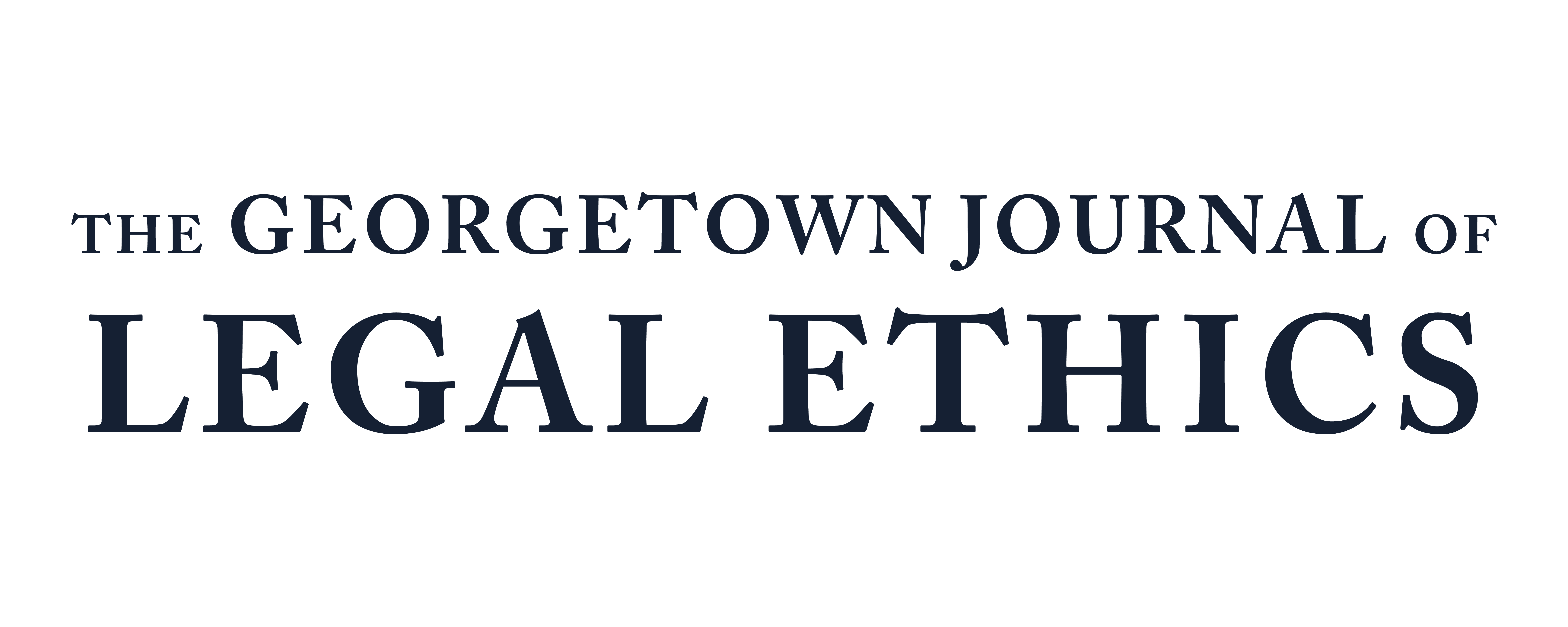Catching Unfitness
How can the legal profession effectively regulate the multitude of ways in which an attorney may commit misconduct, given our evolving understanding of what it means to be “fit” to practice law? As the ABA’s adoption of an ethical provision to proscribe harassment and discriminatory acts (Model Rule 8.4(g)) has shown, it is nearly impossible to craft a specific rule that is simultaneously effective at capturing the relevant misconduct and immune from attack that it goes too far.
If disciplinary authorities had a general catchall rule, they could regulate the ever-changing ways in which misconduct is manifested. In fact, the ABA once promulgated just such a rule, the fitness-to-practice provision, but it was eliminated due to concerns about vagueness, overbreadth, and duplication.
This Article is the first to present an empirical study of how disciplinary authorities regulate general lawyer misconduct, with a focus on the fitness-to-practice provision. Through the use of a variety of analytical methods, the study identifies how the seven states that have retained the fitness-to-practice provision use it to regulate misconduct. When properly administered, the fitness-to-practice provision can effectively regulate otherwise elusive lawyer misconduct that is not fully captured by other rules or that falls within the gaps between the rules—including abusive conduct, discrimination, harassment, sexual misconduct, and breaches of trust.
Subscribe to GJLE
